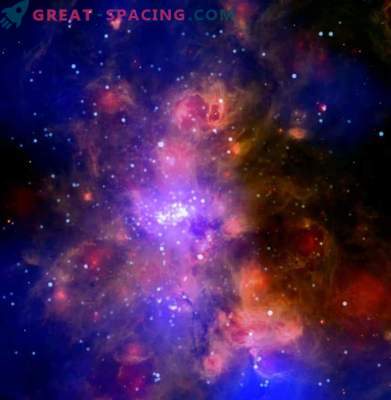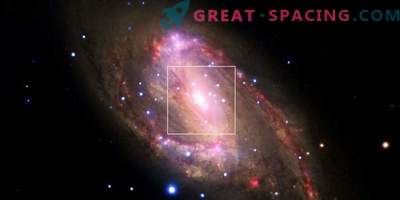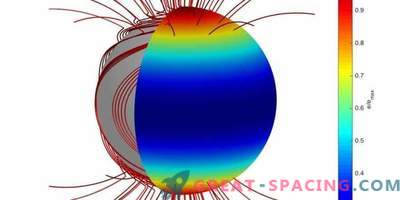
Scientists used data from the Chandra X-ray Observatory and XMM-Newton to provide a characteristic of stars capable of locating a planetary system. The team studied 24 objects resembling the Sun, with a billion years of age. It was important for them to track the process of changing the X-ray brightness.
X-rays of stars reflect magnetic activity, so such reviews can tell a lot about the high-energy environment around the object. The data show that solar stars and their less massive counterparts calm down extremely quickly.
The top illustration shows one of those calm and old solar stars around which the planet rotates. A large dark area is a coronal hole, which is responsible for a low level of magnetic activity. The inset shows Chandra's information about the star GJ 176, which is 30 light-years distant from us. To understand how quickly magnetic activity is changing, scientists need to know the exact age of the stars. This is difficult, but we have learned how to obtain more accurate results with the development of the Kepler and CoRoT missions.
The researchers noted that many objects are magnetically active at a young age, because they rotate rapidly. But with each turn, more and more energy is lost, and it slows down, reducing X-ray levels.
It is not clear why the old stars calm down quickly. But it is believed that the fall in rotational speed is faster for young objects.











































